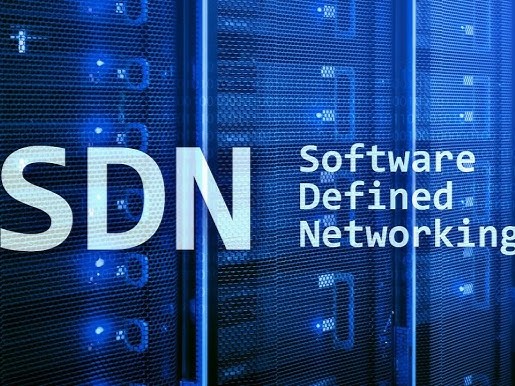Description
Hybrid IT infrastructure setup involves the seamless integration of on-premise systems and cloud environments to create a flexible, scalable, and resilient IT ecosystem. This approach allows businesses to leverage the benefits of both traditional and cloud-based IT resources, ensuring that they can run critical applications on-premise while taking advantage of cloud solutions for scalability, flexibility, and cost-efficiency. The setup process includes analyzing the company’s IT needs, identifying areas that would benefit from cloud adoption, and determining the most suitable infrastructure model (private cloud, public cloud, or hybrid). It also involves designing the architecture to enable smooth interaction between on-premise and cloud resources, ensuring secure data exchange, and setting up cloud management tools. One of the key goals of hybrid IT infrastructure setup is to optimize performance and availability by allowing businesses to run sensitive workloads locally while hosting less-critical operations in the cloud. For instance, a business may choose to store and process sensitive data on local servers to comply with privacy regulations, while using cloud storage and processing capabilities for non-sensitive data. This hybrid approach provides greater control over sensitive information, reduces operational costs, and enhances overall system performance. Additionally, businesses can take advantage of cloud scalability during peak demand periods without over-investing in on-premise infrastructure. Hybrid IT also includes managing security across diverse environments, ensuring that data security policies are consistent and that all systems are protected from external threats. By adopting a hybrid IT infrastructure setup, businesses can ensure continuous innovation, reduce downtime, and future-proof their IT infrastructure.





Memunat –
“The new network has been surprisingly quiet, both literally and figuratively; since integrating these cloud and on-site solutions, our data management is streamlined and reliable, freeing us up to concentrate on our creative projects without those irritating daily interruptions or lagging load times, and it has genuinely improved the atmosphere around the office – less stressed faces definitely contribute to better brainstorming sessions!”
Hamisu –
“The revamped technology landscape integrates so seamlessly now; it’s like the digital equivalent of breathing fresh air. The quiet hum of the equipment, tucked neatly away, underscores the efficiency gains we’re experiencing, freeing up valuable floor space and reducing the visual clutter that had previously bogged down our operation. Data flows fluidly between on-site and remote resources, allowing us to access what we need, when we need it, without interruption. Functionality has improved quite a bit, and the systems have adapted well with older applications. Overall, a substantial positive change!”
Georgewill –
“My workplace now hums with a newfound efficiency, and it’s genuinely refreshing! The physical footprint of our servers has drastically shrunk, freeing up valuable office space that’s been repurposed for collaborative workspaces, directly boosting team interaction. The streamlined data flow contributes to smoother workflows and project turnarounds are noticeably quicker. It feels like we’ve unlocked hidden potential within our existing systems, fostering a more agile and responsive work environment that genuinely benefits everyone, and honestly, I appreciate that it contributes positively to our sustainability goals too.”
Olamide –
“Honestly, I was initially drawn to the physical footprint – the reduced clutter in our server room is remarkable, a welcome visual change from the tangled mess it once was, and surprisingly, the whirring fan noise has significantly lessened, creating a calmer, more focused work environment; additionally, the system uptime has been genuinely impressive, affording a level of operational stability that inspires confidence in our day-to-day tasks, and the resource allocation seems exceptionally efficient, leading to noticeable responsiveness improvements when handling peak loads.”
Jafar –
“The subtle hum of the new server room is almost meditative, a far cry from the roaring chaos it once was; what I truly appreciate is how seamlessly our older on-premise systems now collaborate with cloud applications, creating a unified workspace that just *feels* more streamlined and responsive, allowing us to focus on actual innovation rather than wrestling with compatibility issues, plus I can now track and manage resource allocation in a way that’s both intuitive and immediately impactful on our organizational efficiency.”